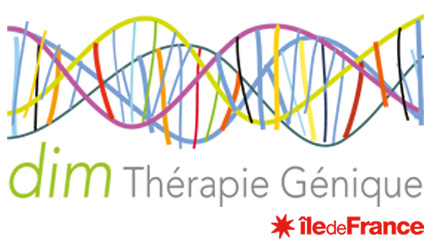Scientific leader
Pr. Pablo Bartolucci
Sickle cell disease is a genetic disorder linked to red blood cell dysfunction, reducing their lifespan and ability to circulate in the blood vessels. The red blood cells of patients will be destroyed abnormally, releasing their contents in the vessels (mainly hemoglobin that normally allows them to carry oxygen). The circulating released hemoglobin is particularly toxic for the blood vessel membranes and will ultimately damage the patient’s organs. There is no reliable measure of free hemoglobin and its degradation products so far. Our laboratory U955 Team 2 at the Mondor Institute for Biomedical Research (IMRB), has developed a test to measure hemoglobin in the blood of patients and can thus assess the ability of treatments (such as gene therapy) to reduce this destruction of red blood cells and thus limit the damage to organs.
Laboratory
IMRB (Institut Mondor de Recherche Biomédicale)
5 rue Gustave Eiffel
94 017 Créteil

